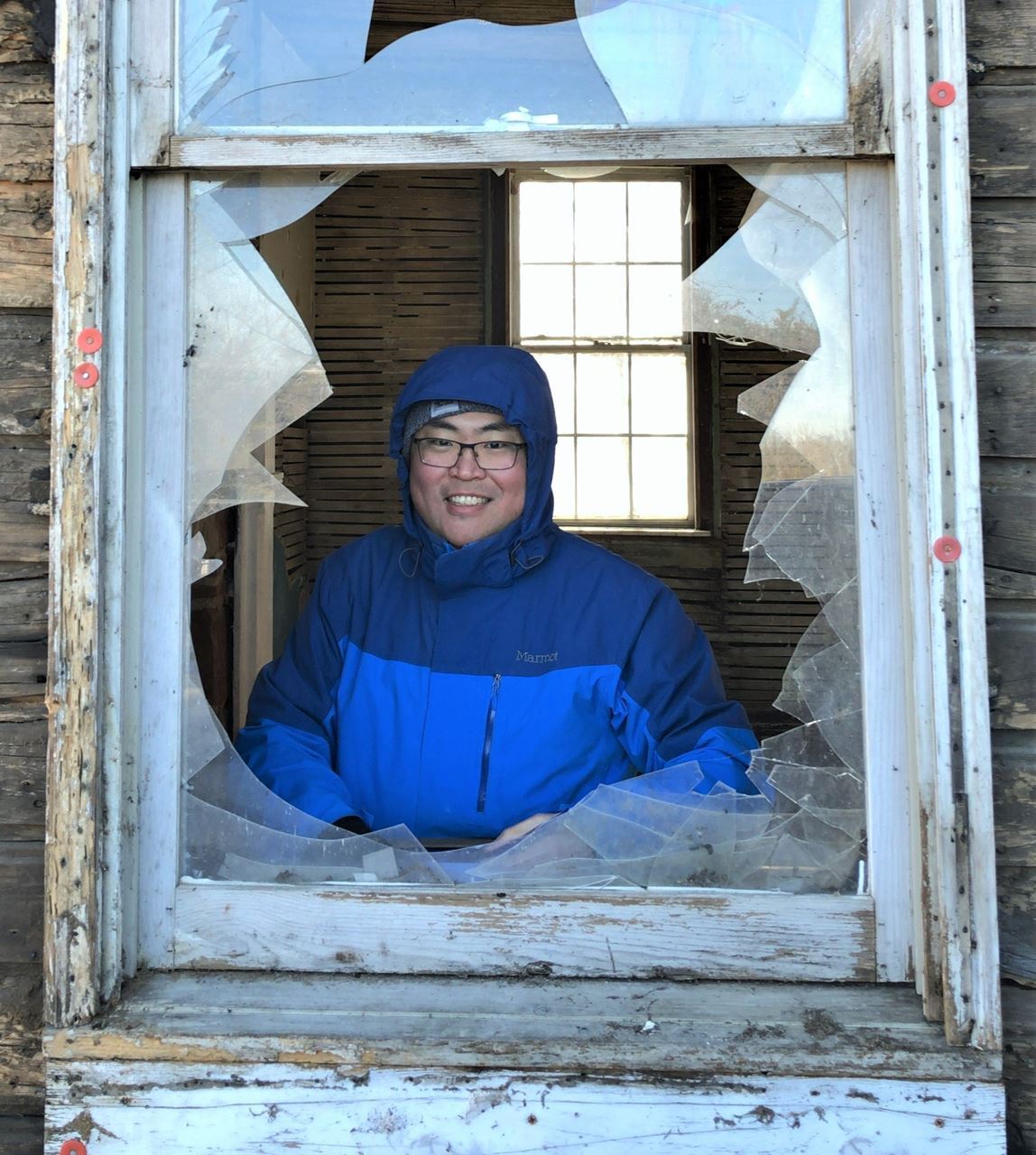 What are your interests in vernacular architecture?
What are your interests in vernacular architecture?
I've been interested in everyday architecture ever since I was a kid, who spent the drives to Grandma's comparing all of the different houses we saw along the way. Unsurprisingly, my childhood dream was to become an architect, and during my high school summers I worked as a draftsman at a local firm learning all about life "on the inside." The principals trained me in the dying arts of pencil-on-vellum and hand lettering, and involved me in every kind of project that crossed the drafting table: from strip mall storefronts to dentist offices, warehouses to bakery production lines, raised ranch additions to the developer spec houses that were replacing them.
Classes at Connecticut College with my advisor (and former VAF President) Abby Van Slyck introduced me to vernacular architecture as a field of study. She opened my eyes to the ways the built environment can inform our understanding of patterns of living. It was also Abby who pointed me to historic documentation as a line of work, and reshaped the future of my entire career: in my senior year she suggested I apply to the Heritage Documentation Program's (HABS/HAER/HALS) summer program, and I've been there ever since.
In my time at HDP, I’ve spent every summer on the other side of that experience, teaching students how to document historic structures using the latest in laser scanning and digital photogrammetry combined with profile combs and pencil and paper. My work has taken me all over the country, documenting barns, hospitals, campgrounds, mid-century apartments, lighthouses, zoo enclosures, and even the Statue of Liberty.
Why are you involved in VAF?
I received a crash course in VAF in 2010, when several of my colleagues at HDP were involved in planning the Washington, DC Conference. Since it was local, I was allowed to participate on the office's dime. Two full days of architecture tours led by experts, with meals included? How could I turn that down? Even the paper sessions, I discovered, were on such widely varied topics it was hard to choose which ones to attend. And then there was the zeitgeist of the membership: the almost reverential respect toward owners who had opened their homes to us; the collegial debates in attics and cellars over the meaning of an iron nail or muntin profile; how friendly and enthusiastic everyone was to meet someone new, or to see their old friends again. By the end, I knew that I had found a tribe of “my people.”
If you have one, what is a favorite memory about VAF, and why do you want to be on the board/what do you bring to the board?
I’ve attended seven of the last ten conferences held since 2010, and each has given me the opportunity to see wonderful places, make great connections, and broaden my knowledge beyond the niche of producing architectural documentation. When I was asked if I was interested in serving on the Board, I was more than happy to give back to the organization that’s given me so much.
With my background, joining the Orlando Ridout V Fellowship Committee felt like a natural fit. I strongly believe that physically interacting with and exploring a structure is an indispensable part of learning about it. Working at HDP has given me the immense luxury of spending many weeks a year in the field, and a good chunk of that teaching the next generation of practitioners. The pandemic, unfortunately, has meant challenging times for field schools, including our own. Heritage Documentation Programs cancelled its summer program for the first time in living memory last year, and it will remain dormant in 2021. As we begin to recover, though, I hope that I can bring a useful perspective to the committee and advocate for what I consider the best part of the job.